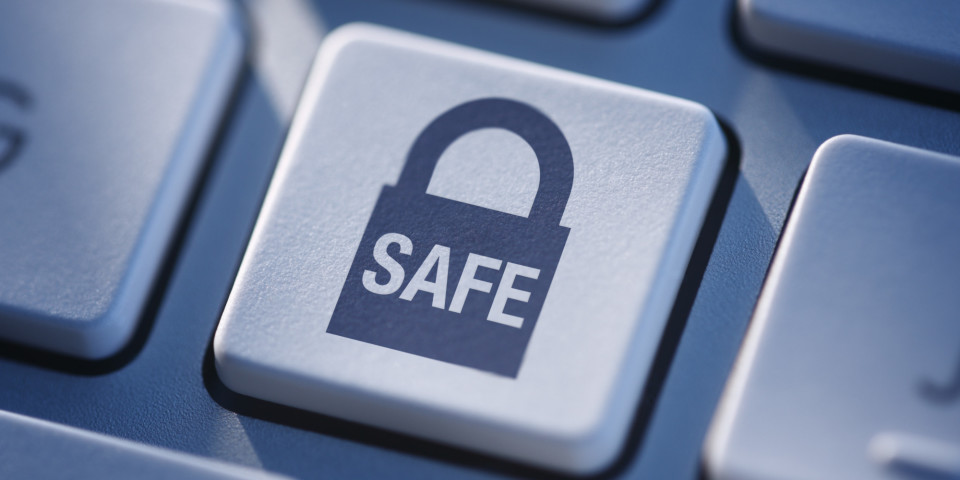
North Korean hackers from the Lazarus Group have launched a major cyberattack by cloning open-source software and infecting it with malware.
A recent cyberattack has found the North Korean hacking group Lazarus targeting software developers by modifying open-source tools to include malware. Open-source software, freely available for anyone to use or modify, has become a crucial part of software development. However, Lazarus exploited this understanding by injecting malicious code into genuine software. This led to numerous systems becoming compromised, particularly those used by developers in the Web3 and cryptocurrency industries.
Lazarus Attacks Open-Source Software
SecurityScorecard, a cybersecurity organization, discovered that Lazarus had carried out a supply-chain attack known as “Phantom Circuit.” Lazarus selected popular open-source projects to target and embedded malicious code into them. These compromised tools were then uploaded to code-sharing platforms such as GitLab, where developers soon downloaded and started using them.
Once executed, the compromised software set about installing data-stealing malware on the victims’ PCs. The malware’s main objective was harvesting sensitive data such as login credentials, authentication tokens, and other security information. This gave the threat actors full and unauthorized access to their targets’ accounts, allowing them to modify and steal digital assets.
Over 1,500 victims were affected, with the majority being located in Europe, India and Brazil. SecurityScorecard were keen to point out that many of the victims were software engineers, mostly working in cryptocurrency and blockchain technology. In particular, Lazarus targeted modified repositories which hosted Web3 development tools, authentication systems, and cryptocurrency software. These are all attractive targets for threat actors who are looking to make a quick buck through nefarious means and cause digital chaos to IT infrastructures.
How to Protect Yourself
Lazarus has committed numerous cyberattacks in the recent past, with Ophtek previously reporting on their attack on healthcare organizations in 2023. A powerful hacking group, Lazarus has the potential to create powerful and devastating malware. Accordingly, you need to make sure your IT defenses are secure against them and similar hacking groups.
Cybersecurity awareness, as ever, is key to protecting your digital assets, so make sure you follow these best security practices:
- Verify Your Software Sources: always double-check where your software is coming from before you hit that download button. Stick to official developer websites and trusted repositories e.g. regularly updated GitHub projects. If a new tool appears out of nowhere or is uploaded by an unknown user, think twice before installing it. If in doubt, remember the golden advice: double check it with an IT professional.
- Keep Your Security Software Updated: first of all, make sure you have antivirus and anti-malware software protecting your systems – these can be downloaded from companies such as AVG and Kaspersky. Secondly, as new cyber threats emerge every day, you need to keep your security software up to date to protect you from new malware. Regular updates will ensure you stay one step ahead of the threat actors.
- Train Your Employees: Well-trained employees are your first line of defense against cyber threats. Regular cybersecurity training can help your staff recognize phishing attempts, avoid suspicious links, and practice safe browsing and downloading habits. By keeping your team trained and up to date, you can ensure employees stay aware of evolving threats, reducing the risk of security breaches.
For more ways to secure and optimize your business technology, contact your local IT professionals.
Read More











